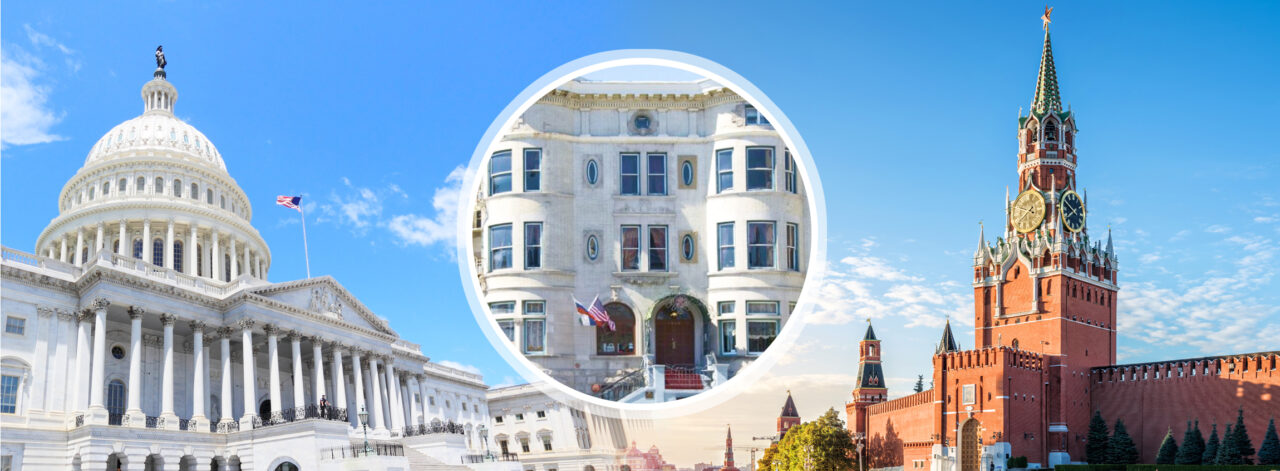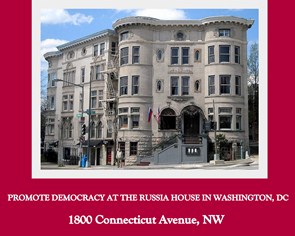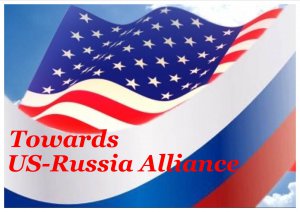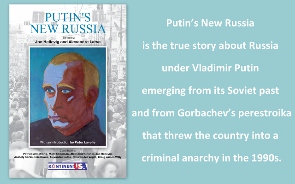Leonid Savin,
Strategic Culture Foundation
Leonid Savin (SCF) : The new "military strategy” is a fundamental document of global nature along with the National Security Strategy and Cyber Security Strategy. The US believes that the preservation of economic status-quo in the world and dissemination of so called «universal values» meet the national security interests. «Since the last National Military Strategy was published in 2011, global disorder has significantly increased while some of our comparative military advantage has begun to erode», Chairman of the Joint Chiefs of Staff Gen. Martin Dempsey wrote in his introduction to the strategy document. That’s why the need for a new document came to the fore. The strategy reads that «today, the probability of U.S. involvement in interstate war with a major power is assessed to be low but growing».
«Russia is more frequently mentioned in this context. Russian international maritime presence has grown significantly in recent years, specifically since the Ukraine crisis erupted in 2014», senior NATO commander Gen. Adrian Bradshaw said on July 1 addressing a conference in London on NATO’s naval future.
The strategy is a 24 – page document addressed to young Americans ready to serve the country, according to chairman’s foreword.
The main challengers are the state actors, the strategy specifically calls out Iran, Russia and North Korea as aggressive threats to global peace, and non-state groups – particularly the «violent extremist organizations» (VEOs) such as Islamic State and the Taliban. The strategy attempts to create a unified approach to dealing with both, seeking to «deter, deny, and defeat» the states and «disrupt and degrade» the non-state groups (the report terms tem «violent extremist networks», or VEOs). Russia, China, Iran and North Korea are called revisionist states. It’s not clear what a revisionist state implies, probably, the authors mean the countries that pose a challenge to the world system where the US plays the role of global hegemon.
The document says that Russia has repeatedly demonstrated that it does not respect the sovereignty of its neighbors and is willing to use force to achieve its goals. According to the authors, Russia’s military actions are undermining regional security directly and through proxy forces. The strategy asserts that these actions violate numerous agreements that Russia has signed in which it committed to act in accordance with international norms, including the Helsinki Accords (!)
The China’s threat is described in more blur terms. The authors tried to avoid outright confrontational rhetoric. The strategy reads that China’s actions are adding tension to the Asia-Pacific region. For example, its claims to nearly the entire South China Sea are inconsistent with international law. The international community continues to call on China to settle such issues cooperatively and without coercion. China has responded with aggressive land reclamation efforts that will allow it to position military forces astride vital international sea lanes.
The Islamic State leads the list of non-state threats. The strategy does not even mention Al Qaeda with the Islamic States stealing the show as the main target in focus of US military planning. The both – state and non-state actors – pose hybrid threats. The Islamic State and the Russia-supported insurgents in Ukraine are cited by Military Times as examples of such warfare. Thus Russia is painted as a country which poses two threats simultaneously: as an unfriendly country and an actor waging a hybrid war.
The strategy points out that «We are prepared to project power across all domains to stop aggression and win our Nation’s wars by decisively defeating adversaries», the document states. «While we prefer to act in concert with others, we will act unilaterally if the situation demands». In the event of an attack, the U.S. military will respond by inflicting damage of such magnitude as to compel the adversary to cease hostilities or render it incapable of further aggression. War against a major adversary would require the full mobilization of all instruments of national power and, to do so, the United States sustains a full-spectrum military that includes strong Reserve and National Guard forces. They provide the force depth needed to achieve victory while simultaneously deterring other threats.
Fulfilling the mission of propaganda the strategy says the US expands military presence around the world to fight terrorists, not any other purpose. To carry out the mission it needs a global integrated command structure to conduct transregional operations.
US Defense One site hit the nail right on the head with the caption Dempsey’s Final Instruction to the Pentagon: Prepare for a Long War.
All in all, the new Military Strategy does not offer anything really new. It propagates among the military and American people the idea of the need to preserve US global domination. It says the United States is the only global superpower. The only thing that is new here is the expression of growing concern over the nation’s ability to maintain this status.



_jpg/250px-ElbeDay1945_(NARA_ww2-121).jpg)







